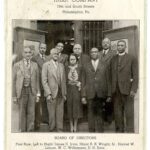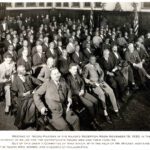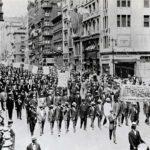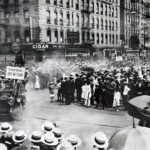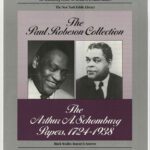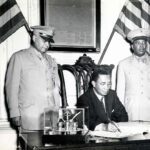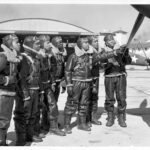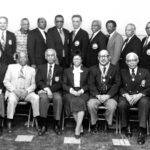
Early 20th-century African American aviators had to endure a society of segregation and legal oppression. They were subject to vile racial domination. Yet, many believed in the hope of the Founding Generation’s revolutionary commitment to meritocracy. What seemed like societal “cognitive dissonance” (the state of simultaneously holding two ideas that were in direct contradiction of one another) offered hope to African Americans that the United States would continue to evolve its expansion of civil, political, and social rights for all citizens.
Central to these stories and the story of the Tuskegee Airman is that men and women worked to overcome arduous obstacles and became highly successful models for all Americans. They all overcame constructed impediments because of their race and/or sex. During this lesson, students will read the stories of these heroes and the heroes among the Tuskegee Airmen. They will determine what they did to overcome obstacles and become successful, become inspirations to others, and merit honor.
New Jersey Student Learning Standards
- 6.1.8.EconNE.4.b: Analyze how technological innovations affected the status and social class of different groups of people and explain the outcomes that resulted.
Curriculum
- 3 Sections
- 3 Lessons
- Lifetime
- Stage 11
- Stage 21
- Stage 31
Lesson Materials:
| Name | Type |
|---|
